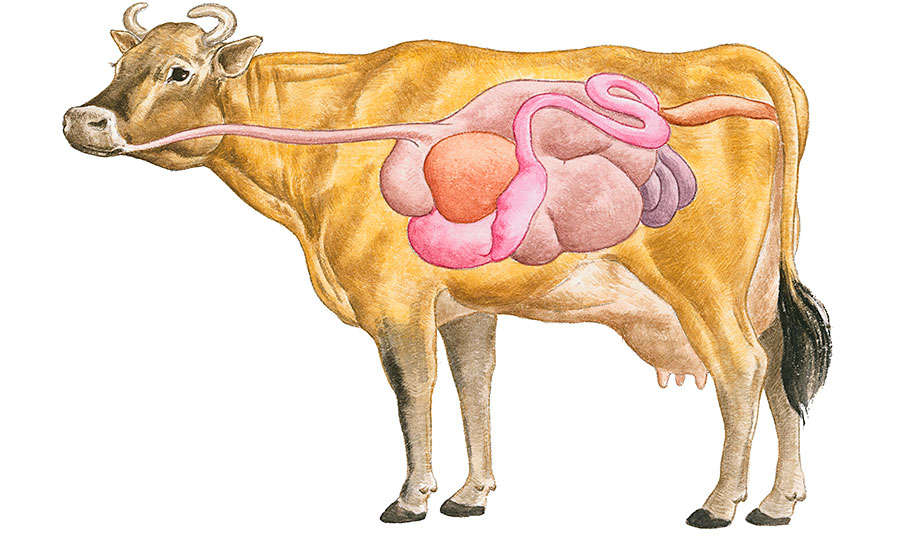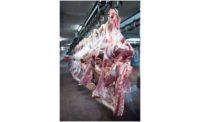During the Highly Pathogenic Avian Influenza (HPAI, or bird flu) outbreak in 2015, a reduction in Mycoplasma cases actually occurred in Georgia. It’s quite possible that following proper biosecurity practices limited the spread of bird flu.
“Biosecurity practices — especially controlling traffic in and out of the farms, and even between houses and barns — can definitely reduce pathogen load,” says Rafael Rivera, manager of food safety and production programs at the U.S. Poultry & Egg Association, in Tucker, Ga. “There is evidence that the work that a grower does during a layover period also reduces pathogen loads from flock to flock.”
Water line care also helps. “Overall, there are ways to prevent foodborne pathogens from coming into a house whether it’s having a strong vaccination program through breeders, a prevention program from the hatchery, and biosecurity practices in grow out. All contribute into reducing pathogen load coming into a farms,” Rivera says.
A renewed interest in reviewing how foodborne pathogens proliferate in farms and how they behave in the transition from farm to processing plants is underway.
“Companies are working with growers to improve pest control programs, vaccination programs and managing gut health through nutrition strategies,” Rivera says. “The industry is also finding research gaps in detection to develop new methods of identifying where the problem areas are so that actions are taken ahead of time.”
Improving pre-harvest interventions can offer an avenue to manage water resources.
“Biosecurity with a focus on pathogen control is another intervention that you can use, especially with the rise of antibiotic-free production,” Rivera says. “Interventions at the farms are designed so that the environmental impact is minimal.”
Pest control programs take into account how to minimize chemicals through good management practices. “Nutrition and husbandry practices also reduce susceptibility to diseases so that you can use antibiotics when needed,” Rivera says.
Ultimately, water use can rise and fall depending on how well poultry processors are meeting standards. “Reducing water use is a goal of poultry processors, but there’s a fine line where you conserve water and are able to meet pathogen performance standards,” Rivera says.
From the gut
Microbiome science is an evolving multi-disciplinary science affecting cattle biology to prevent over-use of antibiotics and pathogens — from the inside.
“The NIH (National Institutes of Health) is investing heavily in microbiome (the community of microorganisms that live in or on the animal) research to see how direct-fed microbials and compound antibiotics can increase livestock performance and health,” says Keith Belk, Ph.D., professor of meat safety and quality at Colorado State University, in Fort Collins, Colo.

If a new community of bacteria is added to the microbiome, the environment can be modified and examined to achieve different physiological responses in livestock. Much is left to be learned, however. Scientists can currently only identify about 15 percent of the 2,000 to 3,000 compounds living on livestock.
“So, in the livestock industry, we are trying to improve food safety through controlling pathogens that cause public health issues and preventing antimicrobial resistance,” Belk says. Both areas are associated with the composition of gut biomes in livestock and poultry, he notes.
Belk’s group was testing compounds in feedlots across the country, but realized the financial costs were too high when the same results could be duplicated in a lab. So they have been testing rumen fluid collected with a cannula (the fluid in cow’s first stomach chamber) in test tubes with various treatments to see the likely impact of compounds in diet, he says. The most effective compounds have been selected to go on the road to see if they will accomplish similar results in feedlots.
“This technology is just the tip of the iceberg,” Belk says. “In the future, it will become a huge topic in product development and pre-harvest developments.”
Products are currently in development.
Meanwhile, the U.S. Department of Agriculture’s Food Safety Inspection Service (FSIS) recommends hide washes to remove visible debris and cut down on pathogens on cattle hides before slaughter or immediately afterward, although they do not reduce E. coli O157:H7 fecal shedding. Nontoxic, biodegradable hide washes are on the market.
According to the report Pre- and post-harvest interventions to reduce pathogen contamination in the U.S. beef industry, by T.L. Wheeler, Norasak Kalchayanand and Joseph Bosilevac from the USDA’s Agricultural Research Service and USDA Meat Animal Research Center, a multi-hurdle approach still remains an effective tool for pre-harvest interventions such as probiotics and bacteriophages in livestock.
Even better, these compounds can be combined with post-harvest interventions such as hide-on carcass washes, steam vacuuming, knife trimming, pre-evisceration wash, final carcass wash, thermal treatment with hot water or steam, spray chill with antimicrobials and chilled carcass spray before grading, subprimal, trim and ground beef treatments, the USDA study noted.
Unfortunately, food safety doesn’t have — and most likely will never have — a one-size-fits-all solution for pathogens. NP







Report Abusive Comment